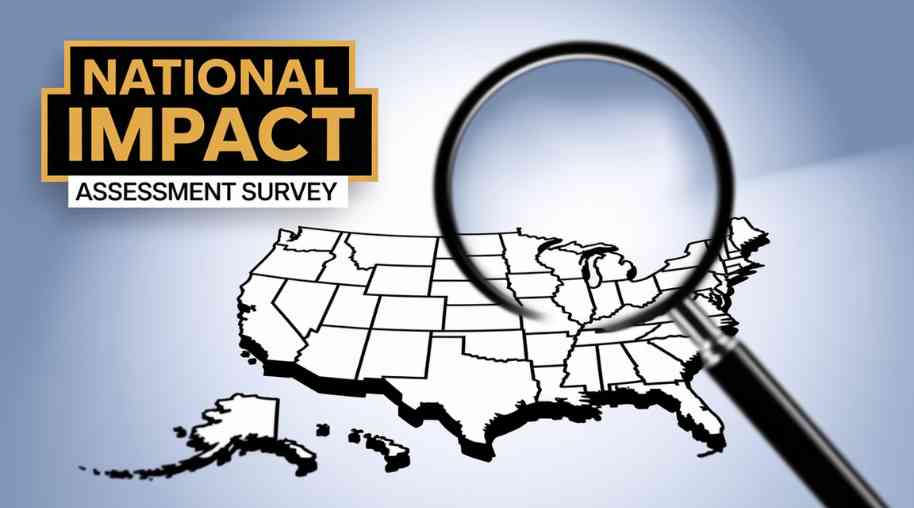FLDG Full Form-First Loss Default Guarantee
by Shashi Gaherwar
0 1949
First Loss Default Guarantee (FLDG): Mechanism, Benefits, and Risks
The First Loss Default Guarantee (FLDG) is a risk-sharing mechanism used in the financial sector, particularly in lending and fintech collaborations. Under this arrangement, a third party—typically a fintech company or a Non-Banking Financial Company (NBFC)—offers a guarantee to cover initial losses if a borrower defaults on a loan. This helps lenders reduce their risk exposure while allowing fintech companies to expand their loan offerings without directly lending money themselves.

In this article, we will explore how FLDG works, its advantages, associated risks, and its impact on the financial sector.
What is a First Loss Default Guarantee?
A First Loss Default Guarantee (FLDG) is an arrangement where a guarantor (often a fintech firm or NBFC) agrees to compensate a lender for a certain percentage of loan defaults. This percentage is usually predefined and covers the first loss portion of defaults, reducing the lender’s credit risk.
For example, if an FLDG agreement covers 10% of the loan portfolio, and the total default reaches ₹1 crore, the guarantor compensates the lender up to ₹10 lakhs, while the remaining loss is borne by the lender.
How Does FLDG Work?
- Loan Origination: A bank or NBFC provides loans to borrowers, often facilitated by a fintech partner.
- FLDG Agreement: The fintech or NBFC provides a guarantee to cover a fixed percentage of defaulted loans.
- Loan Disbursement & Monitoring: Borrowers repay loans as per the agreed schedule, while the lender monitors repayments.
- Default Occurs: If borrowers default, the fintech or NBFC compensates the lender up to the agreed FLDG limit.
- Recovery Process: The lender pursues legal or recovery measures beyond the FLDG coverage.
Benefits of FLDG
- Risk Mitigation for Lenders: Lenders, such as banks and NBFCs, benefit from reduced credit risk as a portion of defaults is covered under the FLDG arrangement.
- Encourages Lending to High-Risk Segments: FLDG makes it easier for financial institutions to lend to new-to-credit or high-risk borrowers, expanding financial inclusion.
- Facilitates Fintech & NBFC Collaboration: FLDG allows fintech firms to participate in lending without having their own capital at stake, fostering innovation in digital lending.
- Boosts Loan Approval Rates: Since a portion of the risk is mitigated, lenders may be more willing to approve loans, particularly for MSMEs and underserved borrowers.
- Promotes Financial Stability: By sharing risks, FLDG ensures more stable and predictable returns for lending institutions.
Risks and Challenges of FLDG
- Moral Hazard: If fintech firms do not have enough capital reserves, they might encourage aggressive lending, leading to higher default rates.
- Regulatory Concerns: Some regulators, like the Reserve Bank of India (RBI), have expressed concerns over unregulated FLDG models, prompting stricter guidelines.
- Limited Protection for Lenders: FLDG only covers a portion of defaults. If default rates exceed the agreed percentage, lenders still bear significant losses.
- Cash Flow Risks for Guarantors: Fintech firms providing FLDG must ensure they have enough liquidity to honor their guarantees when defaults occur.
- Lack of Standardization: FLDG agreements vary widely, leading to inconsistent risk assessment and potential misunderstandings between parties.
FLDG in the Regulatory Framework
Regulators worldwide have started scrutinizing FLDG agreements to ensure financial stability and consumer protection. In India, the RBI has proposed new guidelines to regulate FLDG models and limit the exposure of fintech firms.
- Ensuring fintech firms have adequate capital reserves.
- Limiting the percentage of loans covered under FLDG.
- Enhancing transparency in risk-sharing agreements.
- Monitoring fintech-lender partnerships to avoid excessive risk-taking.
Future of First Loss Default Guarantee
With the growth of digital lending and fintech partnerships, FLDG is expected to evolve with tighter regulations and more structured agreements. Future trends include:
- Stronger Regulatory Oversight: Governments and financial regulators will continue tightening policies to ensure responsible lending practices.
- AI-Driven Risk Assessment: Advanced AI models will help fintech firms assess borrower risks more accurately, reducing overall default rates.
- Hybrid Risk-Sharing Models: Future FLDG structures may include co-lending partnerships, where both fintech firms and lenders share risks more equitably.
- Greater Transparency in Agreements: Standardized FLDG contracts will improve trust between fintech firms, NBFCs, and lenders.
- Blockchain-Based Credit Guarantees: The integration of blockchain technology could improve the transparency and efficiency of FLDG transactions.
The First Loss Default Guarantee (FLDG) has emerged as a crucial tool in the financial industry, helping lenders mitigate risks while enabling fintech firms to drive financial inclusion. However, it also comes with regulatory, liquidity, and moral hazard risks, making effective governance and oversight essential.
As financial markets continue to evolve, balanced regulation and technological advancements will shape the future of FLDG, ensuring that it remains a reliable and sustainable risk-sharing mechanism in the lending ecosystem.
Further Learning Resources
If you’re passionate about building a successful blogging website, check out this helpful guide at Coding Tag – How to Start a Successful Blog. It offers practical steps and expert tips to kickstart your blogging journey!
For dedicated UPSC exam preparation, we highly recommend visiting www.iasmania.com. It offers well-structured resources, current affairs, and subject-wise notes tailored specifically for aspirants. Start your journey today!

Share:








Comments
Waiting for your comments